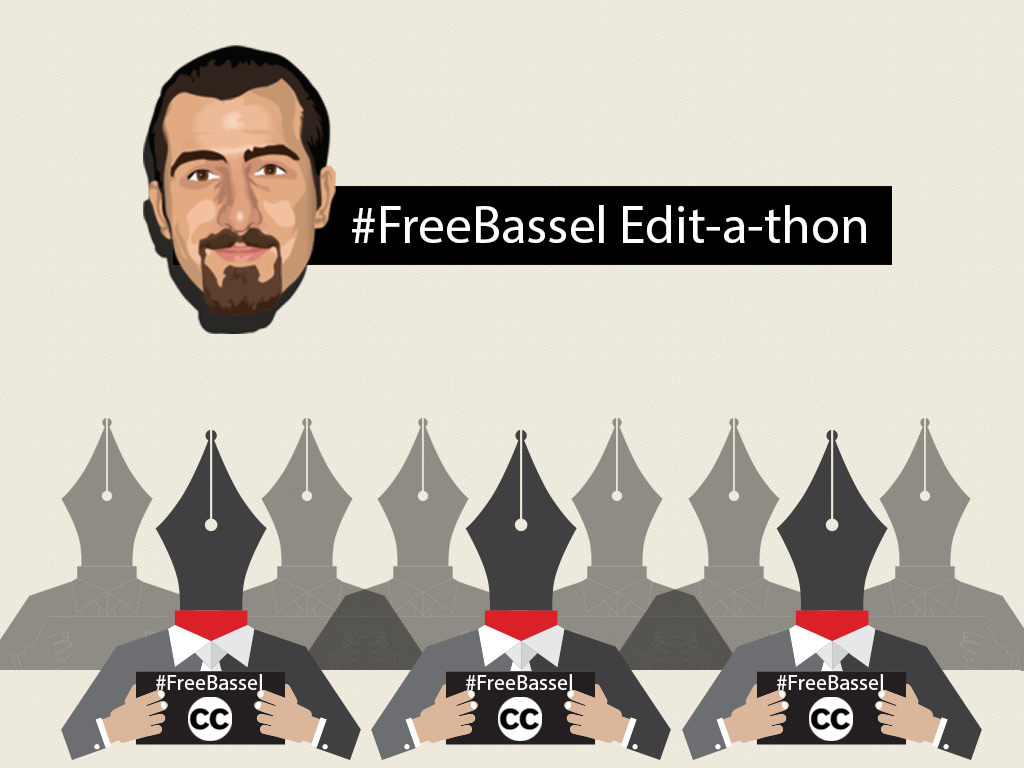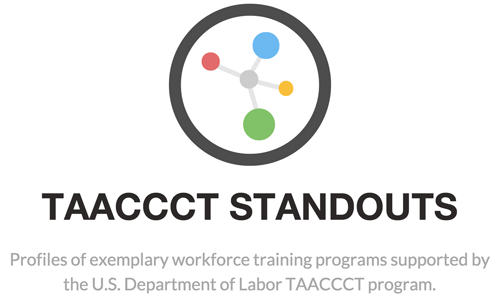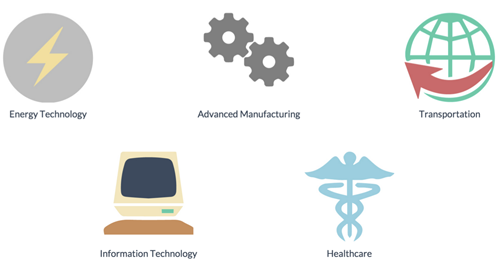Ross Mounce, a postdoc at the University of Bath, recently wrote about how Elsevier charged him $31.50 for an “open access” research article licensed under a Creative Commons Attribution-NonCommercial-NoDerivs (BY-NC-ND) license. Mounce was understandably upset, because the article was originally published by another publisher – John Wiley – and was made available freely on their website. Elsevier’s act of charging for access initially appeared improper because of Wiley’s use of a noncommercial license.
This situation has sparked a debate among supporters of Open Access about whether or not Elsevier violated the terms of the BY-NC-ND license, and whether articles that are intended to be distributed freely can end up locked behind paywalls. This isn’t the first time this has happened; Peter Murray-Rust documented another instance of it last year. This kind of situation can leave researchers questioning why they should invest in ensuring that their research is distributed for free if another publisher can simply turn around and sell it – especially if the article carries a Creative Commons license that is supposed to restrict commercial use. Mounce complained to Elsevier about the arrangement, and as of March 9, they’ve removed the pay from the article and promised Mounce a refund. A representative from Elsevier claimed “there was some missing metadata for some of the OA articles,” thus apparently allowing for users to be charged for access to those openly licensed articles. Elsevier said it will investigate and reimburse others who purchased access to those articles on the Elsevier site during the time that the paywall was up. At the same time, Elsevier has hinted that it has the right to sell access to BY-NC-ND articles it holds because of a separate license they get from the author.
So, what is really going on here?
A fundamental feature of copyright law is that authors hold the copyright in any work they create. Authors have control over the permissions they grant beyond “all rights reserved” copyright. For example, an author could grant certain permissions by offering the work under a Creative Commons license (some rights reserved), or even place the work in the public domain (no rights reserved) using the CC0 Public Domain Dedication. And since the CC licenses are non-exclusive, an author can both share a work with a CC license, and also enter into a separate agreement that would allow a publisher to sell it.
It is common for an author to sign a publication agreement with a publisher that may grant additional rights to the publisher independent of a CC license. And if an author agrees to a particular set of separate permissions for the publisher, then the publisher could offer the author’s article on those terms–for example, the ability to sell access to a work–even if the work was originally made available under a noncommercial open license. The authors of the article in question may have signed an agreement like this when the article was originally accepted for publication with Wiley. If this is the case, then Wiley would likely have been able to transfer or sell those rights to Elsevier when Elsevier acquired the article. However, there is no way to know for sure that this is what happened without seeing the publication agreement the authors signed with the publisher.
The question really boils down to: Who owns the copyright to the article? And did the copyright holder grant permission to Elsevier for commercial use?
According to the copyright notice in the article, the copyright belongs to the authors. Mounce contacted the lead author earlier this week. The author said he was not aware that Elsevier was selling the article, and had not granted Elsevier permission to do so. If Elsevier was relying solely on the BY-NC-ND license for its use of the article, it seems likely that their action would have violated the noncommercial restriction by charging for access to the work on the Elsevier site.
Elsevier’s own policies raise one additional question. For the majority of articles they publish, Elsevier retains “the exclusive right to publish and distribute an article, and to grant rights to others, including for commercial purposes.” But their copyright terms state that for open access articles, “Elsevier will apply the relevant third party user license where Elsevier publishes the article on its online platforms.” Since the Wiley article came to Elsevier already as “open access” (let’s set aside for a moment the fact that many do not consider BY-NC-ND to qualify as “open access”), you would think that Elsevier would retain the existing CC license from Wiley. Therefore, Elsevier would not be in a position to charge for access to the article because of the noncommercial condition in the CC license. But it’s not clear whether Elsevier applies this reasoning to articles they acquire versus articles originally published on their platform.
So where does all this leave us in understanding what is going on with how these sorts of publishing agreements intersect with open licenses? There still seems to be some outstanding questions that perhaps Elsevier could help answer. Elsevier should share publicly its author’s publishing agreement so that prospective authors and the public can better understand the terms of Elsevier’s license (and as Mounce suggests, publishers should “print the terms and conditions of the author-publisher contract within each publication itself…”). In addition, Elsevier should clarify its copyright policy with regard to when they hold an exclusive right to publish and distribute and when they will adhere to the open license provided with an article.





